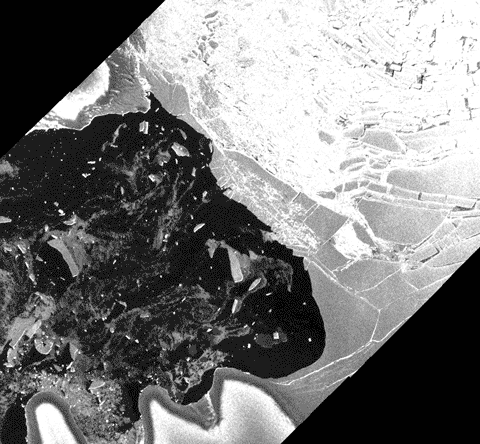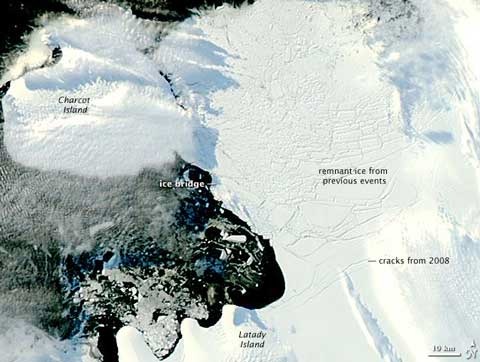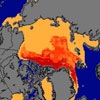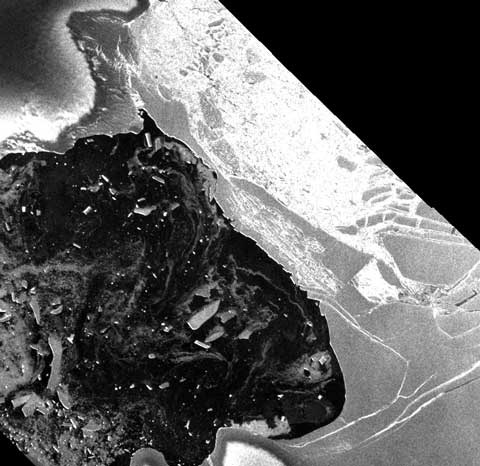 “It’s a strange, evil, gorgeous, horrible, fantastic place,” calls out photojournalist James Balog as he abseils a short way down into a deep hole in the Greenland ice opened up by surface meltwater rushing down perhaps to bedrock hundreds of metres somewhere below. It’s understandable Balog should have mixed feelings. The view is stunning. But that rushing meltwater may be lubricating the great ice sheet at its base and hastening the movement of its glaciers to the sea.Â
“It’s a strange, evil, gorgeous, horrible, fantastic place,” calls out photojournalist James Balog as he abseils a short way down into a deep hole in the Greenland ice opened up by surface meltwater rushing down perhaps to bedrock hundreds of metres somewhere below. It’s understandable Balog should have mixed feelings. The view is stunning. But that rushing meltwater may be lubricating the great ice sheet at its base and hastening the movement of its glaciers to the sea.Â
The film which records this moment, Extreme Ice, is showing on the National Geographic channel on Sky on Wednesday 22 April at 9.30 pm and a couple of times more in succeeding hours. It will also be showing in Australia. I’ve had the opportunity to preview it. I recommend it highly.



 As winter turns to spring and the melt season begins, the Arctic sea ice looks to be primed for another bad summer. Multi-year ice is down to only 10% of the total extent — down from 40% during 1979-2000, and new work on ice thickness suggests that the ice cover is thinner than at any point in the recent past. At a NASA/NSIDC
As winter turns to spring and the melt season begins, the Arctic sea ice looks to be primed for another bad summer. Multi-year ice is down to only 10% of the total extent — down from 40% during 1979-2000, and new work on ice thickness suggests that the ice cover is thinner than at any point in the recent past. At a NASA/NSIDC 